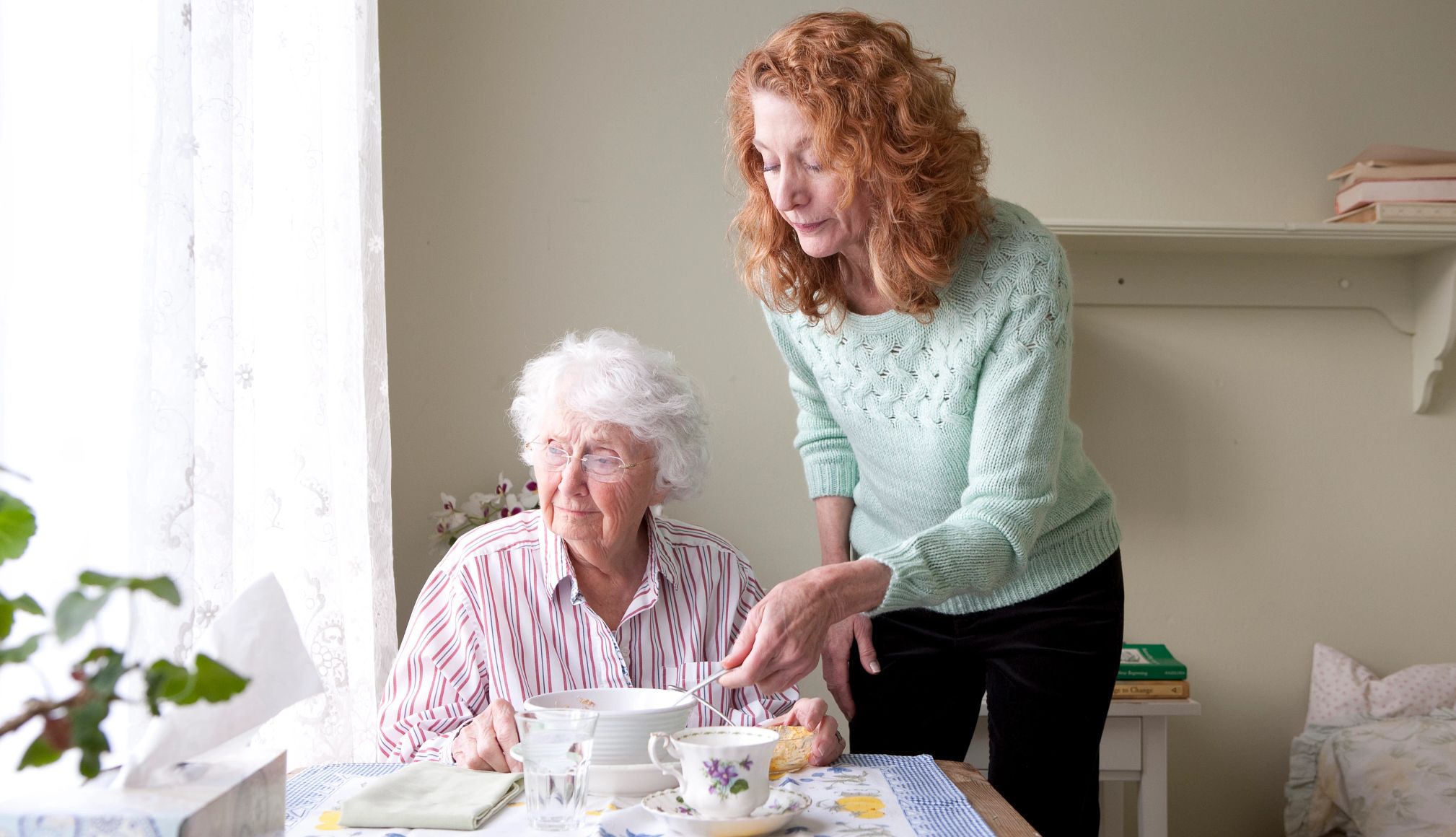AARP Hearing Center


Caregiving for my loved ones has been the most important role of my life and one I will never regret. Over more than a decade, I cared for my wonderful family — both of my parents, Dad's service dog and my sister.
While I fully chose to do this, and it brought me much joy, it did not come without costs and sacrifices. In fact, like millions of other family caregivers, I did what I felt was the right thing by my family, and it led me to financial devastation. I’m still dealing with the stress and financial fallout nearly 7 years later.
Growing caregiving expenses
Mom had a stroke when she was just 63, and 20 years later, Dad developed Alzheimer's disease.
My parents had done retirement and estate planning; they thought they were prepared. They had a solid $5,000-per-month income with Dad's pension and Social Security for both of them.
But by the time I got involved in their finances, when they were in their early 80s, they had a considerable mortgage on their house and had depleted most of their savings and investments (partially due to Dad’s judgment being altered by dementia and making some financial decisions that were not in their best interest).
Join our fight
Sign up to become part of AARP’s online advocacy network and help family caregivers get the support they need.
When Dad stopped driving, my parents along with Dad's service dog moved to a nearby continuing-care retirement community in independent living. Fees were approximately $4,000 a month and included meals, but personal-care services, such as help with bathing, medication reminders and an escort to dinner or activities, were extra.
Their long-term care (LTC) insurance helped, but over time as their care needs increased, I started picking up the expenses their budget wouldn't cover, mistakenly thinking I could handle the costs.
I quit my full-time job and became a consultant in order to have flexibility while caregiving. But I lost benefits and had higher expenses. I moved from Virginia to their house in Arizona so I could manage their care and started covering their mortgage payments while still renting an office/lodging in Virginia, where I traveled to each month for work.
My savings were depleted fairly quickly. Caregiving is stressful enough, but knowing my own financial security was suffering added another layer; it was a constant, excruciating worry. I work in the field of aging; I fully know the importance of saving for retirement.
Rise in care needs
Three years later, both of my parents needed 24-hour care and moved back into the house with me. I sold their farm in another state to lower their expenses. I had to work during the day, and I also traveled frequently for my job, so I hired live-in caregivers, and I took care of my parents in the evenings and on weekends.
Devastatingly, Mom suddenly passed a year later, at age 87.
I had also taken on a caregiving role with my oldest sister, Karen, traveling back and forth the Maryland to help her. She passed on a year after my Mom, at age 62, compounding our deep grief.
As executor of my sister's estate, I wound up spending thousands of dollars (using credit cards because I didn’t have the available cash due to other caregiving expenses) to keep her house for six months while my sister Susie, and I emptied it. It sold for less than was owed to the bank, so I was never reimbursed.
Reduction in income
Meanwhile, Dad's dementia took a sharp downturn, but my sisters and I were determined to lovingly care for him at home.
Without Mom's LTC insurance and Social Security, his income went down about $3,000 a month. Eventually, I got Veterans Affair's (VA) Aid and Attendance benefits for him, which helped replace about two-thirds of that.


































































More From AARP
How to Be a Caregiver for Someone With Breast Cancer
Every journey is different – but prepare for a “marathon … not a sprint”
How to Choose a Medical Alert System
As technology advances, the range of options has grown
AARP Smart Guide to Decluttering
39 strategies on how to donate, ditch and downsize the things filling up your home